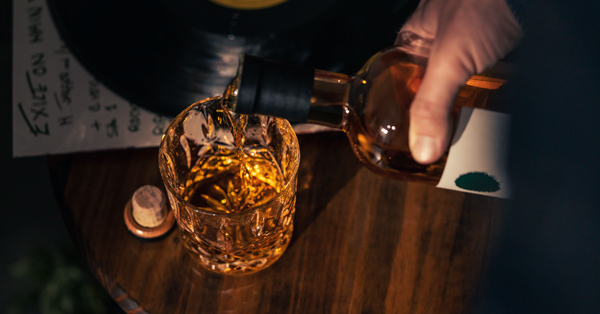
How strife and struggle created one of the world’s best, and often overlooked, whiskies.
So you know scotch.
You’ve tasted bourbon, tested rye, and maybe even explored regional variations like Canadian or Japanese whiskey.
But what about the drink that started it all?
Despite being the inventors of whiskey, with a legacy stretching back to the 15th century, Irish whiskey has often been overshadowed by its younger counterparts – even nearly fading out of existence entirely due to the hardships the small nation has faced. Of the most popular whiskies in the world, only one Irish whiskey makes the top 10 – and it’s probably the one of, if not the only, one you’ve heard of.
The strife and struggle that nearly snuffed the spirit out, however, are the same that’ve made the drink what it is: one of the world’s best forms of whiskey – and one well worth (re)discovering.
How History Crafted Irish Whiskey

Irish whiskey (that’s whiskey with an ‘e’) has become one of the fastest growing beverage markets in the world not in spite of what it’s gone through, but because of it. Occupation, taxation, the devastating loss of their biggest buyer thanks to Prohibition, and a centuries-spanning fight for freedom have all played a direct role in shaping the drink’s evolution. For master distillers – from Malin to Mizen – Irish whiskey represents not just a craft but an incredible story of innovation and survival.
So with all that said…
What makes a Whiskey an Irish Whiskey?
Make no mistake: Irish whiskey is not just whiskey made in Ireland. Like its Celtic cousin Scotch, Irish whiskey has a rigorous set of criteria to meet in order to earn its name.
As you might expect, Irish whiskey has to be distilled and aged in either the Republic of Ireland or Northern Ireland. It has to derive its flavors exclusively from the process used to create it, with the final product being at least 80 proof after being aged for no less than three years in wooden casks.
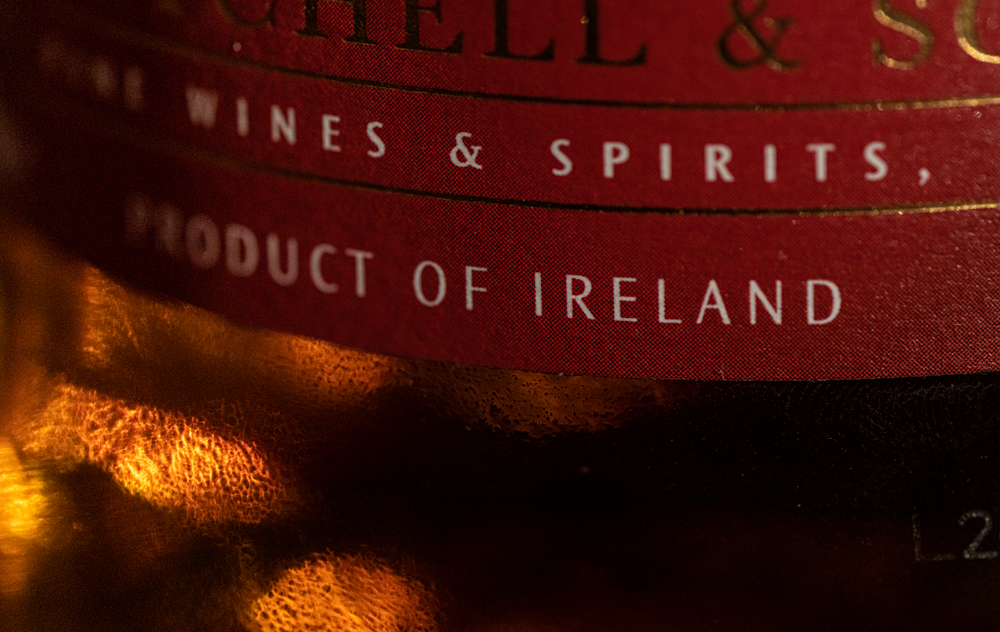
Despite those rules, though, it’s the things Irish whiskey isn’t required to do that play the biggest role in its character.
Unlike Scotch, Irish whiskey can be aged in any kind of barrel – with flavor coming not just from oak casks but from cherrywood, hickory, walnut, and more (those have a huge role in the overall taste – more on that later). Irish whiskey can use enzymes to speed up the fermentation process, and perhaps most importantly, Irish whiskey can be made from almost any type of grain. While that freedom makes for an amazing range of flavors and personalities (there’s really no other word for it), when it comes to Irish whiskey you will almost always find one factor in common: triple distillation.
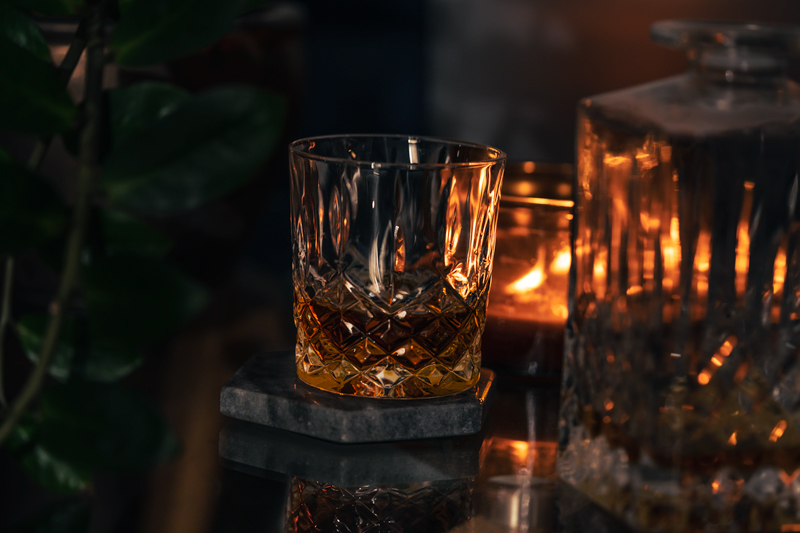
Triple Distillation
Although not a requirement, the overwhelming majority of Irish whiskeys – from the cheapest of the cheap to the most heavenly high-end – will have been “triple-distilled.” Without getting lost in the chemistry of it all, distillation is the process used to turn fermented, liquid grains (called mash) into alcohol. The mash is boiled, the evaporated alcohol is collected, and is then cooled back into a liquid form (please don’t try this at home). While many (but not all) whiskeys are put through the distillation process twice, most Irish whiskeys have the distinction of going through the process a third time – helping remove elements that would otherwise create a harsher flavor. The result? Irish whiskey’s characteristic “smoothness.”
Other whiskeys might hit like a punch to the face and burn on the way down like molten lead but not Irish whiskey. Famously light and accessible, Irish whiskeys’ lack of sharpness is arguably what distinguishes it from other drinks – letting its flavor notes stand out and play off each other.
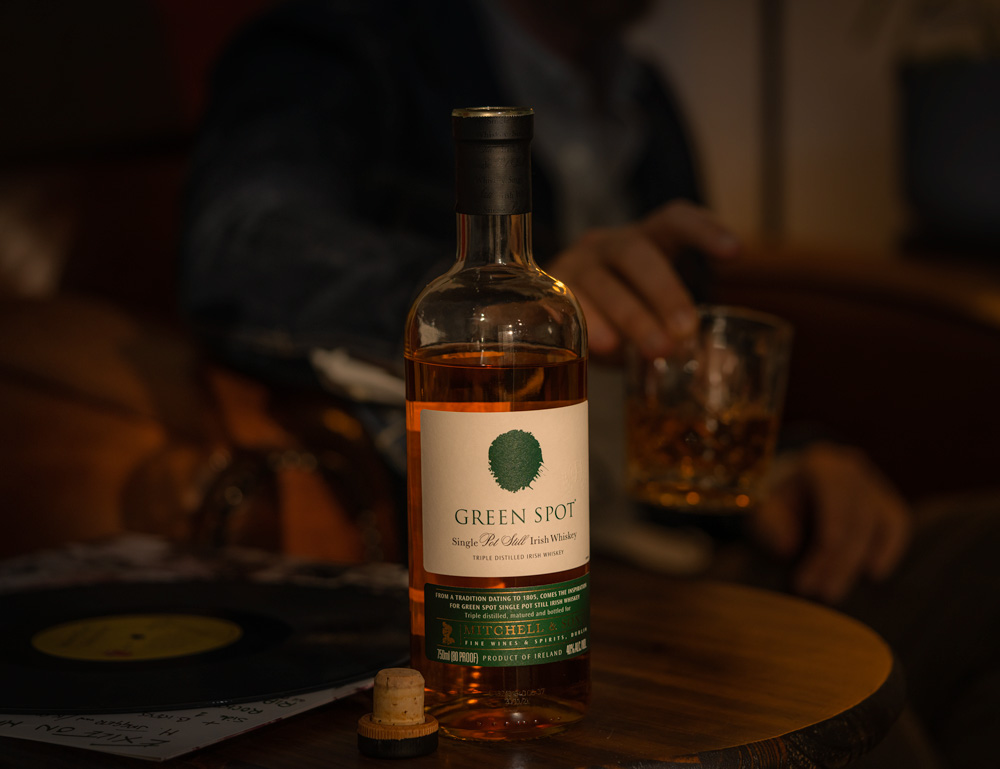
Irish whiskey might be easier to drink, but picking which Irish whiskey to buy is another matter entirely. With so much variety in taste and technique, taking the first step into the enchanted world of Irish whiskey can feel intimidating (even overwhelming). Don’t be dismayed. For all the rich range of options, nothing’s going to help you more than knowing…
The Four (and a half) Types of Irish Whiskey
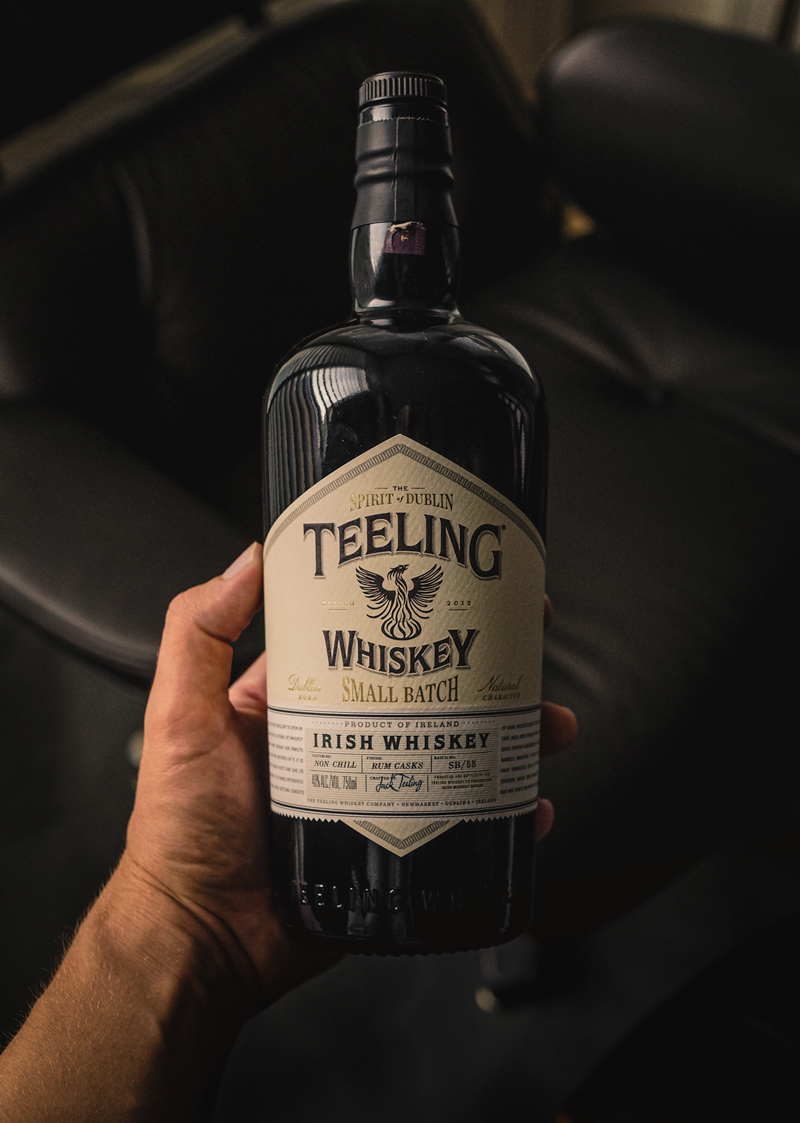
Nearly every bottle of whiskey comes with a label covered in marketing jargon and cryptic terminology, and Irish whiskey’s no exception. While it will be tough to decipher at first, understanding what those mysterious terms mean is going to be critical to helping you choose the best bottle for you.
Single Malt
Single Malt Irish whiskey is the closest you can get to drinking scotch without actually drinking scotch. Exactly like its counterpart, this “single malt Irish whiskey” is created exclusively from “malted barley” (barley that’s been allowed to partially sprout, allowing it to be fermented and turned into alcohol). The somewhat confusing “single” in “single malt” doesn’t have anything to do with barley. Instead, it means the whiskey was created entirely at one distillery – important information when you remember that a huge part of whiskey’s taste comes from the environment where it’s made. Ocean salt in the air, humidity, weather, the size and shape of the stills (even down to dents and scratches) all contribute to the final character of the drink.
That emphasis on signature style does mean that single malts can run a bit more expensive than other forms of Irish whiskey, but for a unique drinking experience, these can definitely justify the price – especially as a souvenir, gift, or way of marking a special occasion.
Common Irish Single Malts: Bushmills, Limavady, Sexton
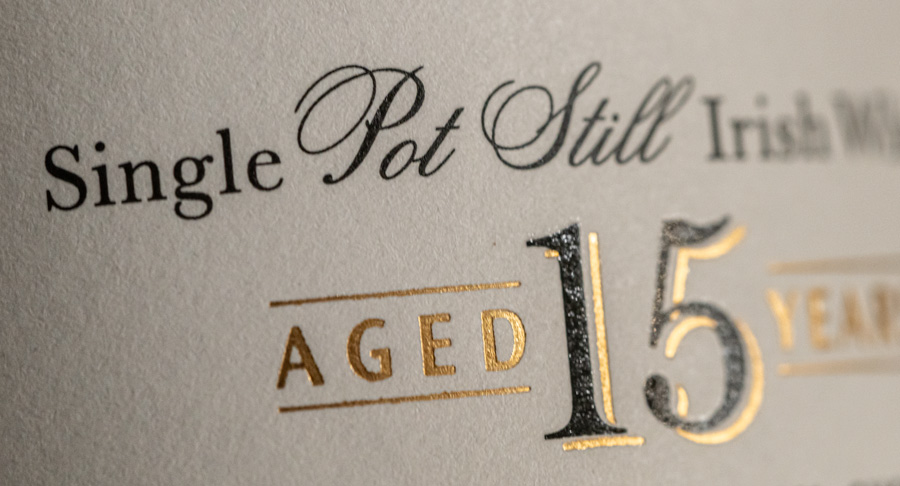
Single Pot Still
As the old saying goes, “necessity is the mother of invention,” and necessity certainly gave birth to one of the most unique forms of whiskey you’ll ever encounter.
During the height of Irish whiskey’s popularity in the late 18th century, British occupiers attempted to profit off of the booming industry with heavy taxes on malted barley. To survive, Irish whiskey distillers cleverly found a loophole in the law, cutting their ingredients with unmalted (unsprouted) barley – unintentionally inventing an entirely new category of drink in the process.
Single pot still Irish whiskeys – while still light – tend to be spicier than their more mellow siblings, with a thicker mouthfeel that’s often described as “creamy.” The surprising combination was so delicious that the process endured even after the tax was repealed. To this day, single pot still Irish whiskeys are one of the most popular forms of the spirit!
Common Single Pot Still Irish Whiskies: Green Spot, Redbreast
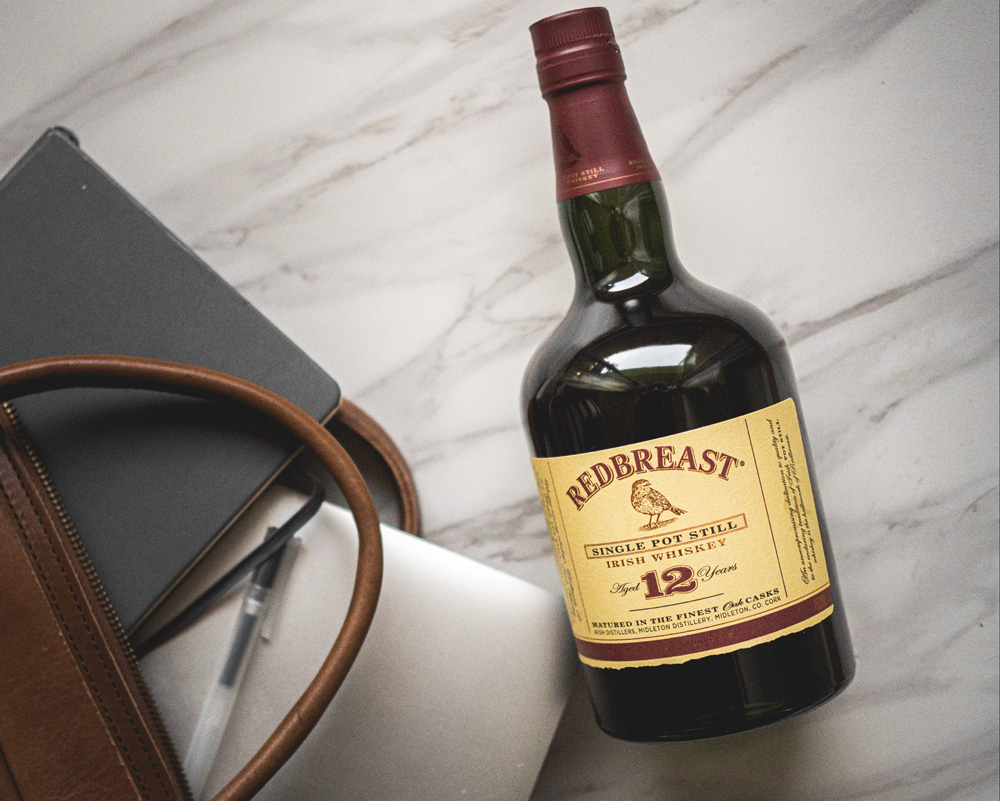
Single Grain
Following all the same steps as single malt, single grain Irish whiskeys stand apart for their ability to use ingredients other than barley. Like single malt, the “single” in “single grain” means the drink has only been made at one distillery, and has been influenced by all the factors that make that distillery unique. While they can be made exclusively from a grain other than barely, single grains are often made from a combination of ingredients, with rye, corn, and wheat being some of the most common.
The other primary difference between single malt and single grain whiskies is that the copper pot stills commonly associated with whiskey production aren’t used for single grain whiskies, but instead column stills, also known as Coffey stills, are used.
That wide variety of ingredients does come with a wider range in quality, and single grain whiskeys do get a spottier reputation as a result. When done well, however, a single grain can make for a drink full of Old World elegance for a remarkably low price.
Common Irish Single Grain Whiskies: Teeling Single Grain, Egan’s
Blended
As the name suggests, a blended Irish whiskey is one created from mixing two or more different whiskeys, either at one distillery or at several. While that process often makes blended Irish whiskeys cheaper, by no means does it make them worse. Just the opposite, in fact. Due to all the factors that go into creating an Irish whiskey, keeping a drink’s flavor consistent from year to year can take just as much care and expertise as crafting a single malt whiskey with a signature style. If you’re looking for a reliable go-to beverage (especially if you’re trying to build a cocktail), having a reliable go-to brand isn’t just helpful, it’s essential.
Common Blended Irish Whiskies: Jameson, Michael Collins
Poitín
While not usually recognized alongside its more respectable counterparts, “Poitín” – Irish moonshine – does deserve a special note here. Invented in the 16th century as a way to get around the strict licensing regulations for distilling whiskey, Poitín has had a major role in Irish culture – even if it falls outside the legal requirements for what an Irish whiskey is supposed to be (you can’t exactly blame a rule-breaking liquor for breaking the rules). While hardcore enthusiasts will insist that any poitín you get legally isn’t real poitín, plenty of Irish whiskey brands will still make their own version of the once-illicit liquor.
As important as it is to get a grasp of the types of Irish whiskey, it’s just as vital to recognize that…
Age Isn’t Everything
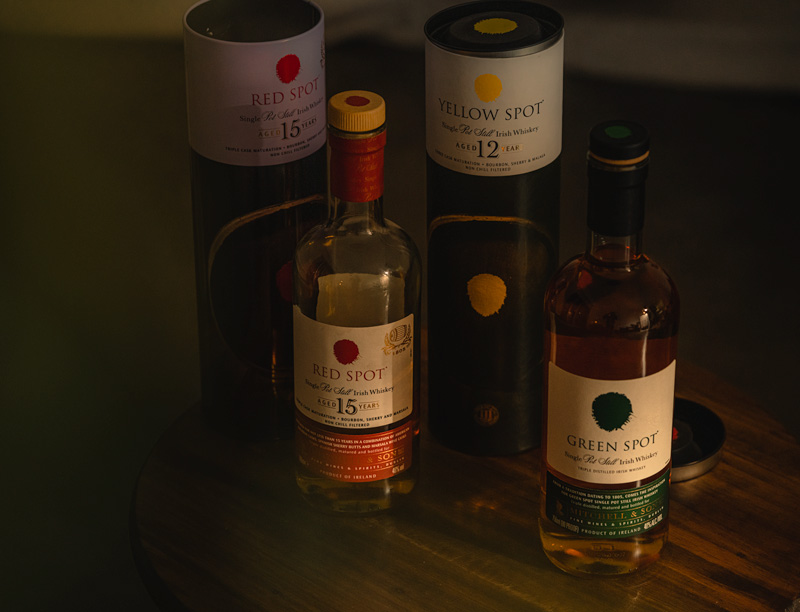
When it comes to whiskey, one of the most commonly-used indicators of quality is how long the drink’s been aged. Even a beginner can tell a good whiskey from a bad one by checking that magical number on the label, right?
Wrong.
Experts point out that a drink’s age only accounts for a fragment of the overall quality – and that’s especially the case when we’re talking about Irish whiskeys.
While some drinks (like Scotch) need to be aged longer due to the cold conditions they’re made in, Ireland’s warmer climate allows whiskeys to mature more quickly. A six-year-old Irish whiskey can be every bit as refined as a whiskey that’s been aged for twice as long – something doubly true when you account for how a whiskey is aged.
As mentioned earlier, a major component of any whiskey’s flavor is the cask it’s been sitting in. Both the wood used to make the cask and the liquor the cask was first used for play an enormous role in shaping the overall taste. Every time that barrel gets used, however, those influences fade, and many distilleries will only use a cask two or three times before discarding them for new sets. A whiskey can sit in a cask for fifteen or even twenty years, but if that barrel has already been stripped of most of its flavor, the whiskey inside is simply going to be a lower-quality drink – regardless of how masterful every other step might’ve been.
That’s not to say that age doesn’t play a role (it absolutely does) – just not as important a one as most people might think. When it comes to whiskey – especially Irish whiskey – don’t make the mistake of getting hung up on age.
Which brings us at last to…
Keeping the Story Going
With all that history and legacy – all that craft and chemistry – it can be tempting to treat Irish whiskey like it’s something sacred – something that has to be enjoyed a certain way if you don’t want to dishonor the memory of the men and women who kept the tradition alive all these centuries.
Nothing could be further from the truth.
Irish whiskey exists for one reason and one reason only: to be enjoyed. Every step taken to preserve it hasn’t been for the sake of the drink but for what the drink represents – a way to ease troubles and celebrate triumphs. No matter how pricey or cheap the drink is, no matter the process used to make it, snobbery has no place in any kind of alcohol, and especially not around a drink whose defining feature is its freedom to experiment and evolve. There’s nothing less appreciative of Irish whiskey’s astonishing variety or its amazing story than putting limitations on how it should be drunk.
On the rocks or taken straight. Enjoyed on its own or mixed into a cocktail. Shared at a party or sipped in peaceful solitude. The only wrong way to enjoy an Irish whiskey is to not enjoy an Irish whiskey.